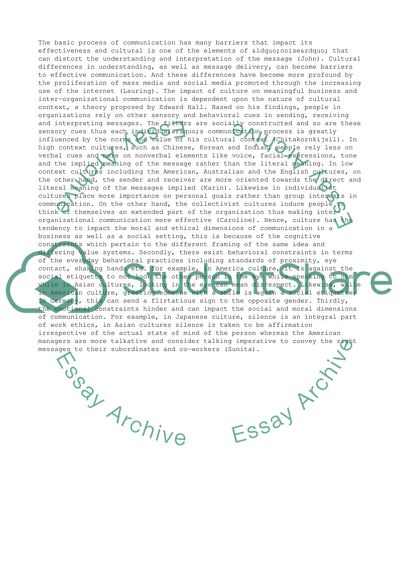Cite this document
(“How the Impact of Culture Affects Ethical and Moral Communications Research Paper”, n.d.)
Retrieved de https://studentshare.org/management/1392202-how-the-impact-of-culture-affects-ethical-and
Retrieved de https://studentshare.org/management/1392202-how-the-impact-of-culture-affects-ethical-and
(How the Impact of Culture Affects Ethical and Moral Communications Research Paper)
https://studentshare.org/management/1392202-how-the-impact-of-culture-affects-ethical-and.
https://studentshare.org/management/1392202-how-the-impact-of-culture-affects-ethical-and.
“How the Impact of Culture Affects Ethical and Moral Communications Research Paper”, n.d. https://studentshare.org/management/1392202-how-the-impact-of-culture-affects-ethical-and.


